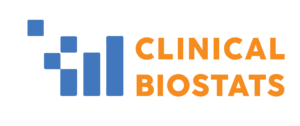The course covers Tables, Listings, Figures (TLFs), including Adverse Events by System Organ Class and Preferred Term, Laboratory, Disposition, Concomitant Medications, Demographics, Swimlane plots, Waterfall plots, Spider plots, and RECIST v1.1 clinical endpoints. Participants will learn how to present data using various graphical and tabular formats to provide clear and concise information to stakeholders.
Participants will also learn about SDTM/ADaM data sets, which are essential for standardizing clinical trial data for analysis and reporting. They will learn about dose-finding methods such as 3 + 3 design, BOIN, MCP, and other popular methods.
Efficacy Signal Detection methods, including Simon’s Two Stage Design and Fleming’s Two Stage Design, will be covered in detail, providing participants with the skills needed to identify promising treatment options.
Multiple Hypothesis Testing, including different types such as Holmes, Benjamini-Hochberg, and Hierarchical methods for controlling the false discovery and familywise error rates, will be explained in detail.






